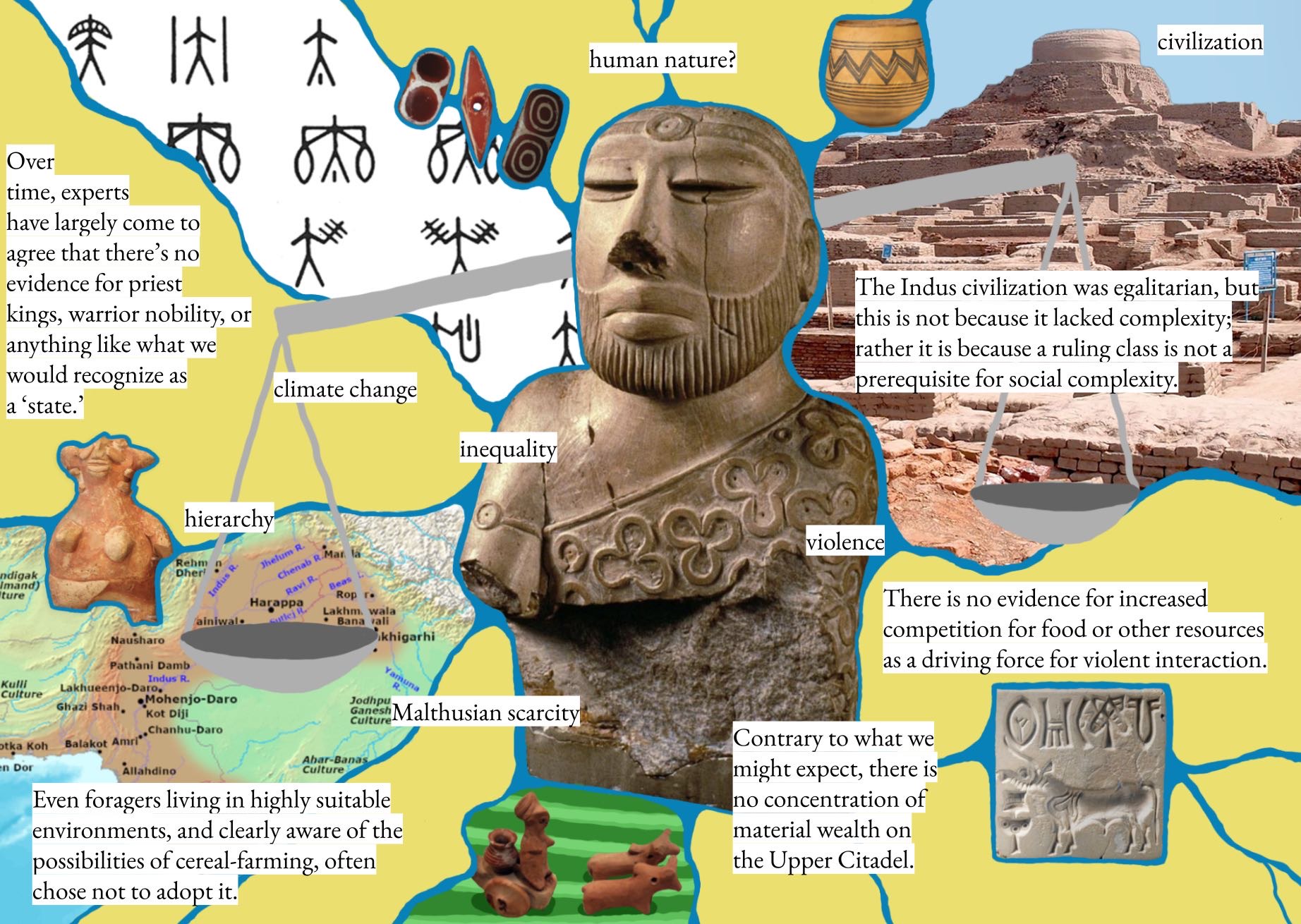More than human frameworks offer narratives that go beyond the standard rhetoric we often see around climate change, which often center around animals losing their habitats, which still operates under the assumption that we have no relation to them. These frameworks challenge the idea that animals have to be charismatic in order for us to understand them as worthy of saving. It’s not about trying to find all the ways in which we’re similar, but rather redirecting our attention to the relationships we have with each other. One point that O’Gorman and Gaynor make that I think is particularly interesting is how we need to look at animals beyond survival and reproduction. It makes me wonder if we approached our study of animals and nonhuman life in general as an ethnography rather than an experiment or observational study how that would change the way we think about climate. Ultimately, what more than human frameworks offer is not just a deeper understanding of the world but also a shift from focusing on whether nonhuman life is worthy of saving to taking it as a given, which advances us forward towards action. Arguing about the intrinsic value of nonhumans brings discourse to a standstill and prevents us from a holistic view of the world. I really enjoyed listening to the artists/activists in the webinar; they made more tangible what the world is facing due to climate change. Though this is potentially an obvious observation, their work and the readings for this week really helped me to understand how the earth is truly interconnected, even across vast distances. I think our ideas of nations has made us believe that the world can be separated into sections, but nature, especially waterways show that is not the case. I can now clearly picture water from the permafrost of the Tibetan plateau making its way through to the rivers who profoundly shaped the lives of the presenters and their history. We often talk about how the earth is one giant system, but it has a different feel when what happens in one place is deeply connected to another over huge distances. I think it is also something about water itself, how it brings along with it physical remnants and thereby a sense of memory of the places it has been. From all that we have learned so far about models, I am skeptical about their use in thinking about Third Pole governance, especially given the common inaccuracies that don’t account for human behavior. As for legal instruments, I am also wondering about the efficacy of this method because the Tibetan plateau is the subject of international interest, which may make legal action difficult. I am intrigued by the power of stories given Ghosh’s account of how literature that features climate change has not been seen as legitimate, but it is precisely in fictional worlds where more people can be reached. Stories have an emotional power, that if done right can establish a sense of urgency but also hope, they have the unique power to look outside the confines that models and legal instruments are bound by. The way Singh used short stories personally created a sense of wonder for me, especially for how we can know the natural world, such as having the ability to know when ice will crack.

